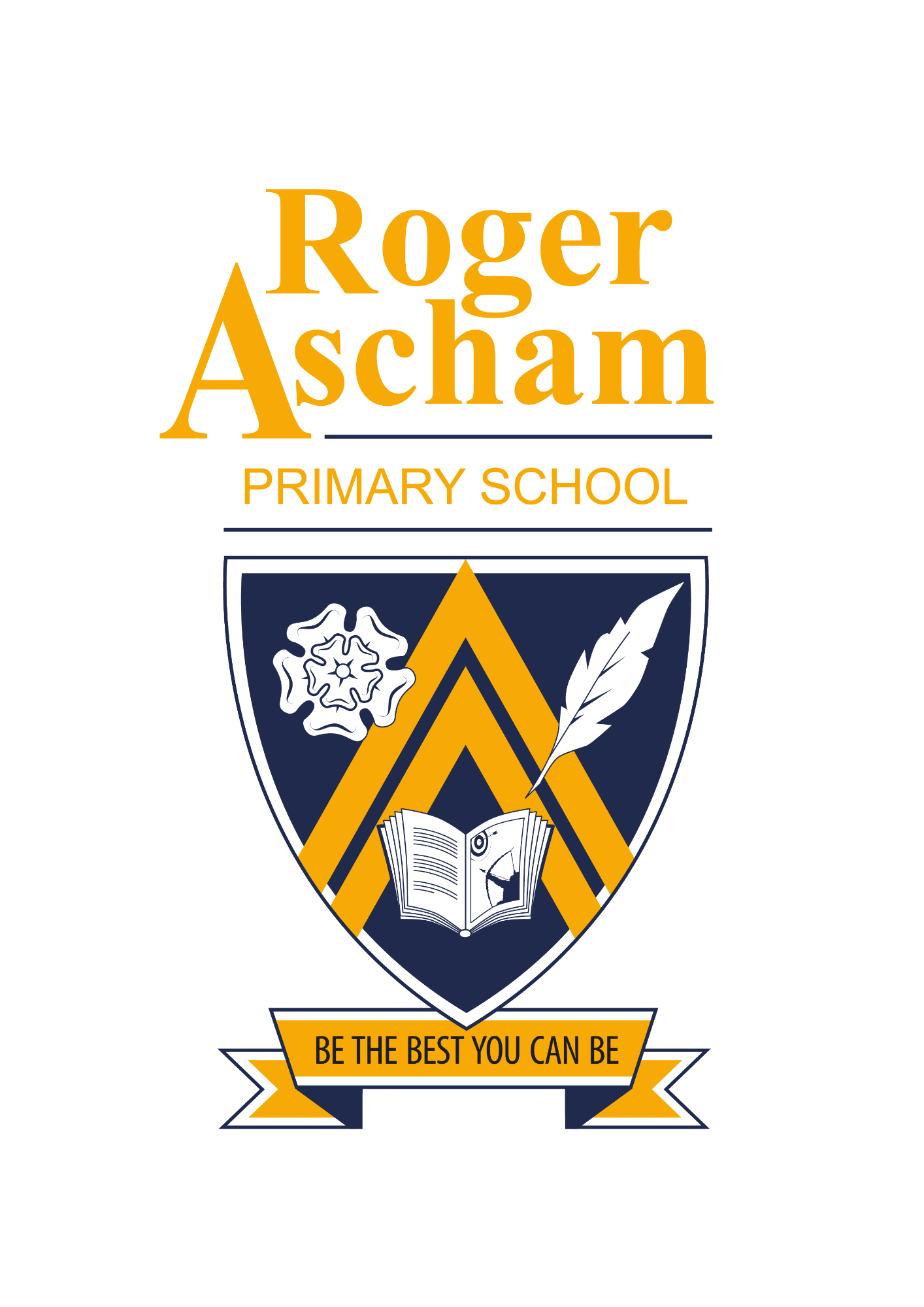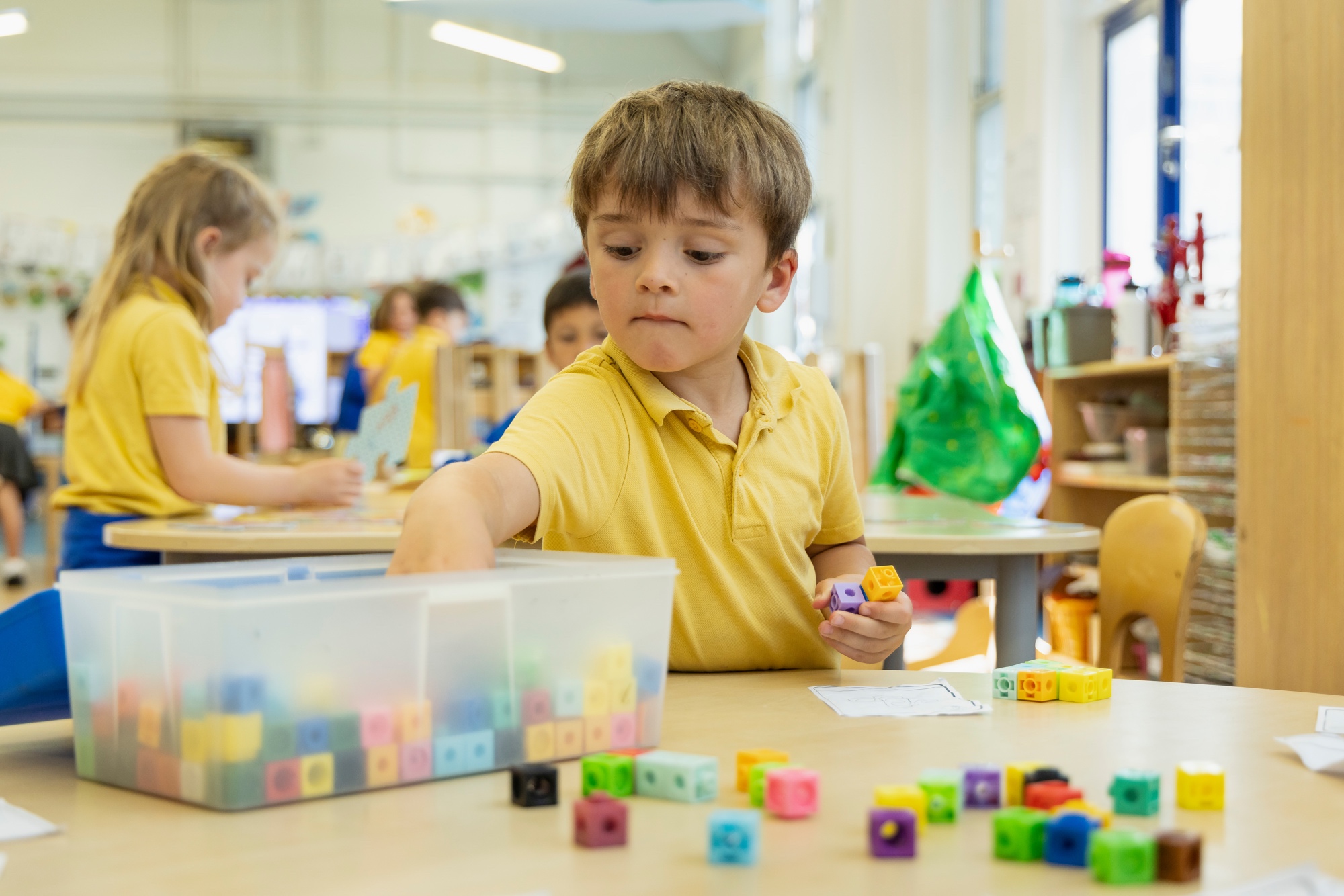Our Approach to Teaching and Learning
How Learners Learn
In order to teach children effectively, our practice is underpinned by research and evidence so that we put our energy into what works. You can read more about our approach here.
Active Learning
Only learners can do the learning. We recognise that children learn best when they are actively engaged in tasks and not passive recipients of knowledge. As you walk around our school, you should expect to see the following:
Physical Classroom Environment:
- Pupils’ unaided work on display
- Collaborative work on display
- Pupils having choice
Books and pupils' work:
- Pupils’ own notes and ideas
- Pupils making own recordings to aid memory – impromptu and standard form
- Specific written comments from teacher to improve learning
- Planning illustrates high interest tasks that lead and shape learning
Tasks and Interaction:
- Teacher sells objectives and tasks
- Pupils connect with tasks and learning
- Teacher uses open questions followed by paired/ shared talk to connect, explore, review
- Teacher uses higher order questions
- Pupils ask higher order questions
- Pupils undertake differentiated, appropriately challenging tasks – active by being practical or active in promoting thinking to aid learning
- Pupils making decisions
- Pupils using study skills to explore
- Pupils establishing their own success criteria
- Teacher using specific spoken feedback to improve learning
- Pupils engaging with their tasks – and able to do so independently without over reliance on adult support
- Pupils enjoying their learning
- Pupils being able to articulate what they are undertaking and why
- Pupils engaged in peer assessment
- Pupils engaged in self-assessment
- An expectation of sustained hard work with pupils having enough time in a lesson to get things done
- An appropriate balance between listening and doing
Assessment for Learning
Assessment for Learning (AfL) is embedded in the teaching and learning process. It encourages pupils to be proficient self-regulated learners by encouraging them to take as active a role in their own learning processes as possible.
In order to do this we:
- share learning goals with pupils, helping them to know and recognise the outcomes to aim for
- provide feedback which leads pupils to identify what they need to do next to improve
- involve both teachers and pupils in establishing learning intentions, reviewing and reflecting on pupils' performance and progress
- enable pupils to support each other with their learning
- build on what pupils already know, giving the reasons for the lesson or activity in terms of the learning intentions
- scaffold pupil's learning to help them improve
- provide children with strategies for approaching challenging tasks, including encouraging them to ask for help when this is required
- engage children in assessing, editing and improving their own work and that of others.
Subject Time Allocation
Accordion content
The Impact of Our Curriculum: Performance and Outcome for Pupils
Performance Data
School Performance Data 2024 Key Stage 2 (Year 6) Pupils Reaching or Exceeding the Expected Standard Roger Ascham National Reading 96% 74% Writing 88% 72% …

